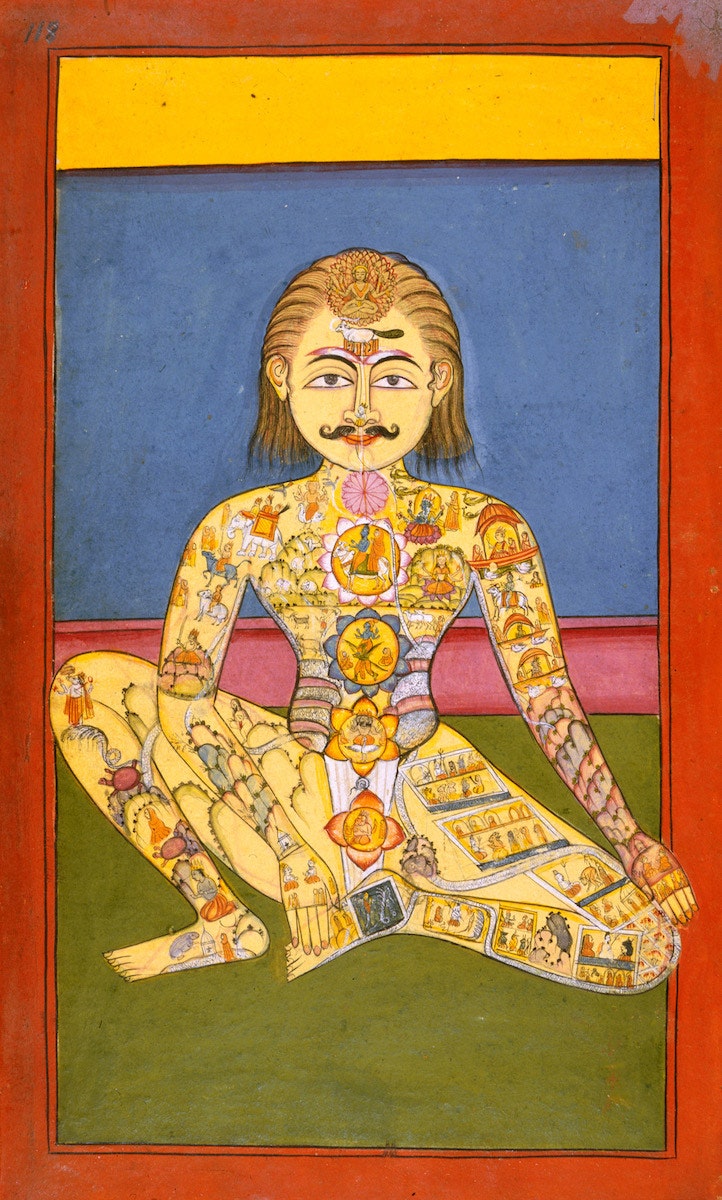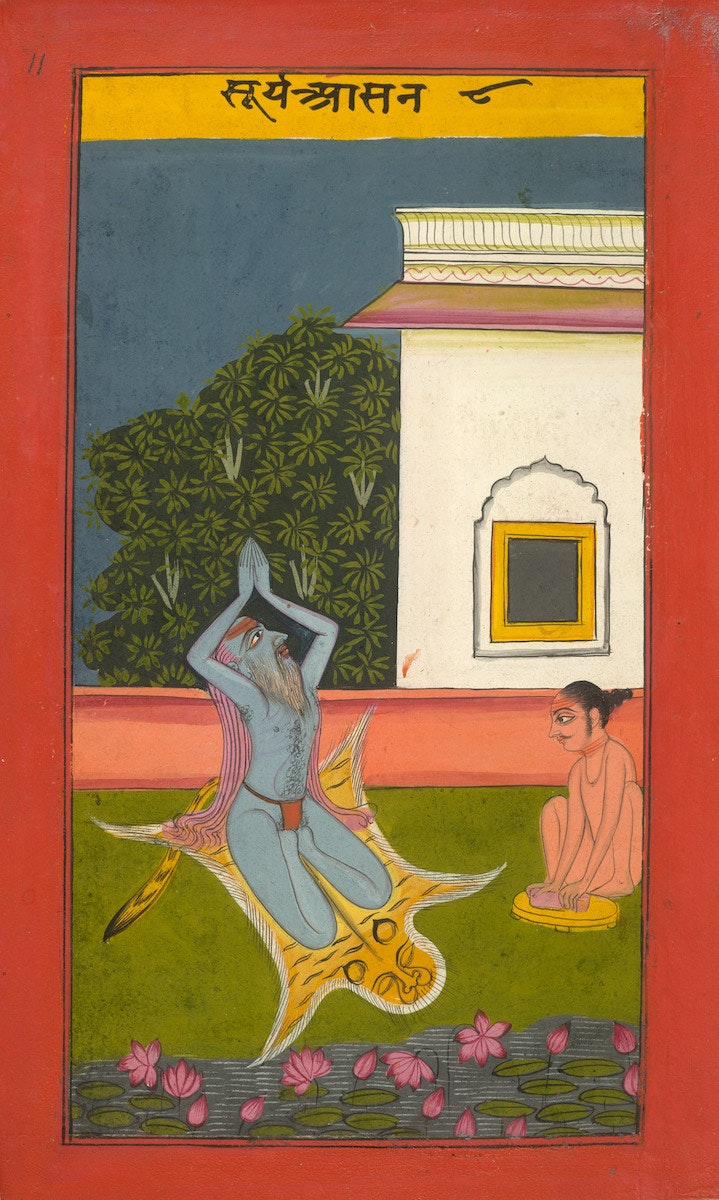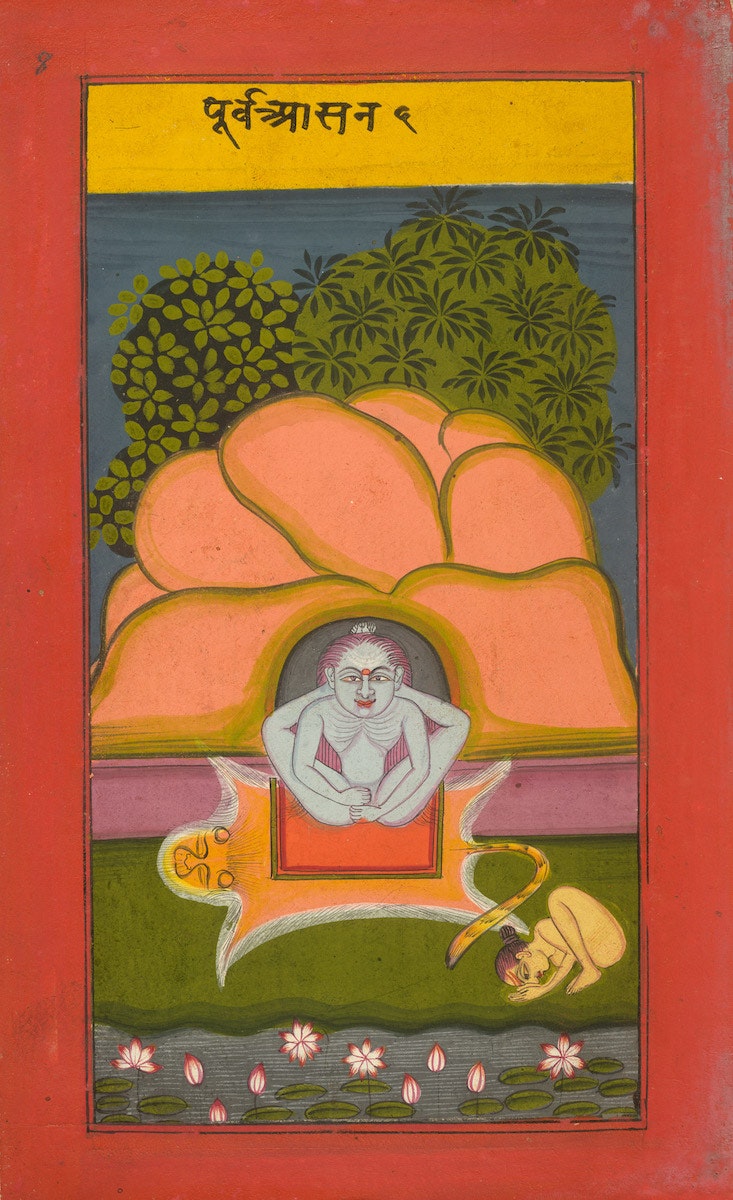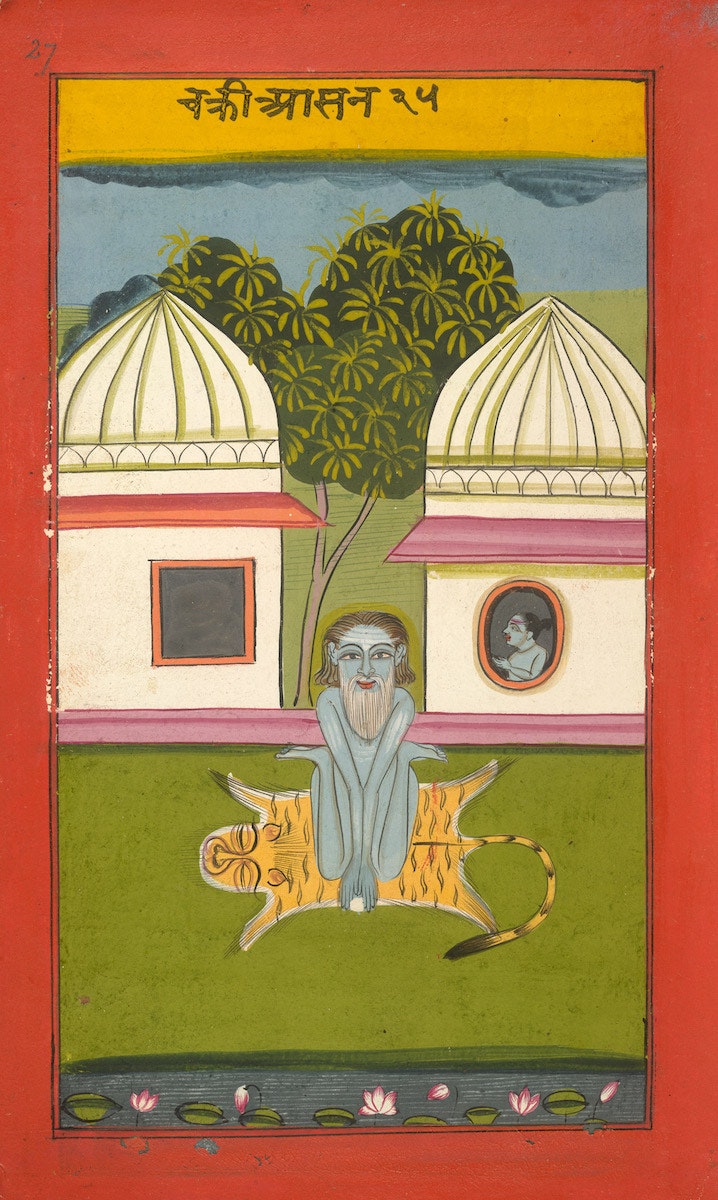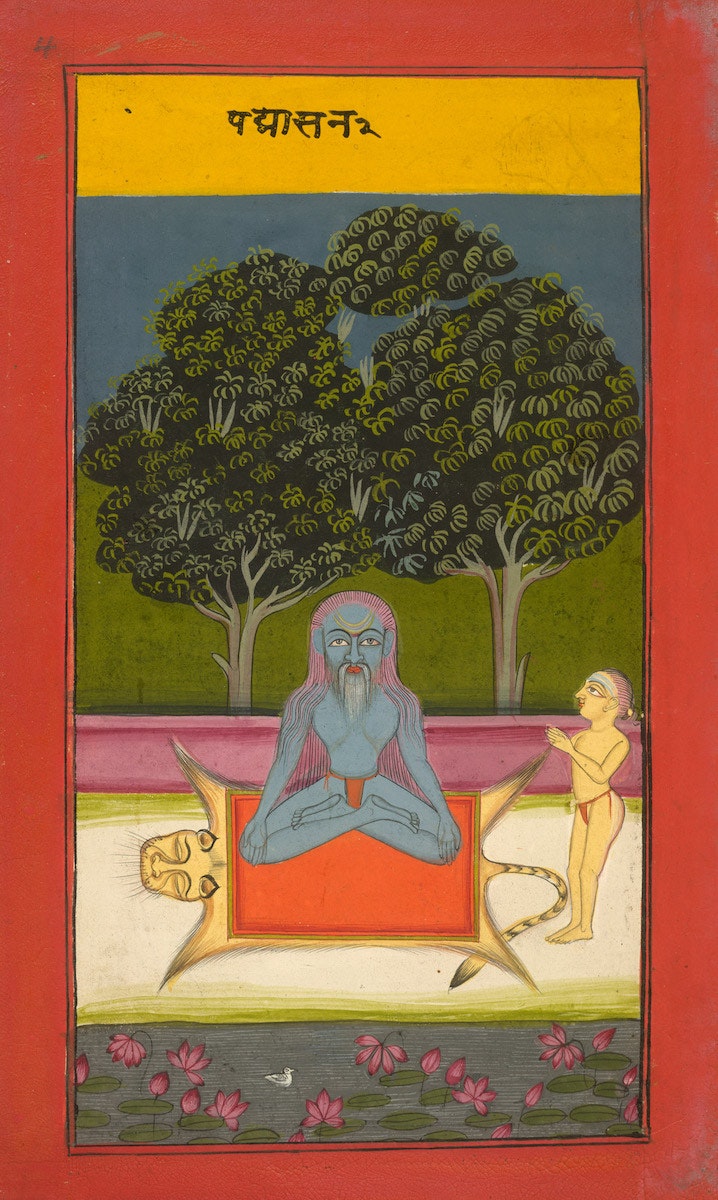Recently, I was walking with a young relative who, upon passing a mural of the late Prince Rogers Nelson, looked up at me and asked, “who is that?,” whereupon my eyes grew wide as saucers and I began the tale of a musical hero who conquered every instrument, every musical style, every chord and scale, etc. It was a story fit for young ears, mind you, but mythic enough, I guess, that it inspired my relative to stop me mid-sentence and ask in awe, “was he a god?” To which I stammered, caught off guard, “well, kind of…..”
Humanly flawed though he was, Prince comes as close as any recent figure to musical divinity in the flesh. He seemed to conjure and create effortlessly, ex nihilo, never seeming to tire and always looking as though he just stepped off of a cloud. Now we know a little more about the source of some of that serenity, but it diminishes his legend not one bit. If not a god, he was at least some sort of wizard.
Prince’s famously epic live solo at the 2004 Rock and Roll Hall of Fame Induction Ceremony in the star-packed jamboree cover of George Harrison’s “While My Guitar Gently Weeps” holds up as a wondrously succinct case in point to show the children. Now, the performance has been re-edited in a “director’s cut” by the broadcast’s original director Joel Gallen. Thom Dunn at Boing Boing quotes his explanation: “there were several shots that were bothering me. I got rid of the dissolves and made them all cuts, and added lots more close ups of Prince during his solo.” (See the original below.)
“Fortunately,” notes Dunn, “Gallen preserved the disappearing guitar at the end.” No one knows to this day where the guitar went, not even Tom Petty and the Heartbreakers drummer Steve Ferrone, who was on stage behind Prince at the time. The stunt was unrehearsed, and so was everything about the solo — no one had any idea what was going to happen, a frightening prospect on live television but a risk one must take, I suppose, when working with the Purple One.
In 2016, Gallen told The New York Times the story, worth quoting in full, of the performance’s rehearsal, a moment of private humility from Prince behind his live bravura show onstage.
The Petty rehearsal was later that night. And at the time I’d asked him to come back, there was Prince; he’d shown up on the side of the stage with his guitar. He says hello to Tom and Jeff and the band. When we get to the middle solo, where Prince is supposed to do it, Jeff Lynne’s guitar player just starts playing the solo. Note for note, like Clapton. And Prince just stops and lets him do it and plays the rhythm, strums along. And we get to the big end solo, and Prince again steps forward to go into the solo, and this guy starts playing that solo too! Prince doesn’t say anything, just starts strumming, plays a few leads here and there, but for the most part, nothing memorable.
They finish, and I go up to Jeff and Tom, and I sort of huddle up with these guys, and I’m like: “This cannot be happening. I don’t even know if we’re going to get another rehearsal with him. [Prince]. But this guy cannot be playing the solos throughout the song.” So I talk to Prince about it, I sort of pull him aside and had a private conversation with him, and he was like: “Look, let this guy do what he does, and I’ll just step in at the end. For the end solo, forget the middle solo.” And he goes, “Don’t worry about it.” And then he leaves. They never rehearsed it, really. Never really showed us what he was going to do, and he left, basically telling me, the producer of the show, not to worry. And the rest is history. It became one of the most satisfying musical moments in my history of watching and producing live music.
No, kid, he wasn’t a god, just a guy who could do things no one else could. He was a genius.
via Boing Boing / Laughing Squid
Related Content:
Prince Plays a Mind-Blowing Guitar Solo On “While My Guitar Gently Weeps”
Watch Prince Perform “Purple Rain” in the Rain in His Transcendent Super Bowl Half-Time Show (2007)
Prince’s First Television Interview (1985)
Josh Jones is a writer and musician based in Durham, NC. Follow him at @jdmagness
